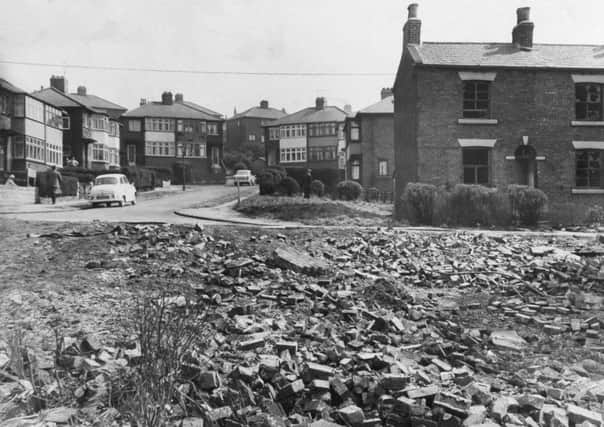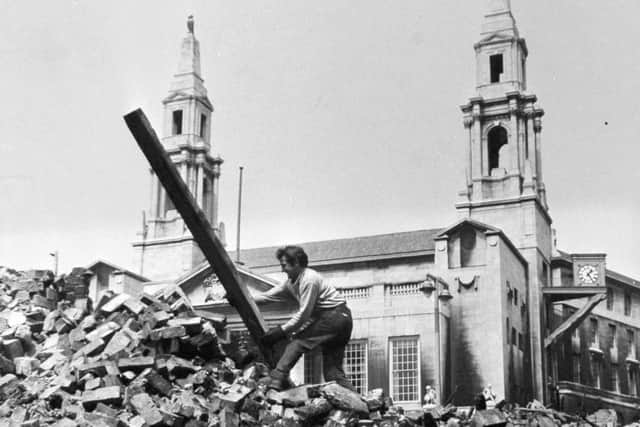Nostalgia: Changing face of Leeds city centre


Real change began in the 1830s as social reformers attempted to address the issue but a key turning point came when James Hole argued in 1860 that overcrowding and people living in unsanitary conditions had a knock-on effect and led to other social issues.
Rapid population growth toward the end of the 19th Century brought the situation to a head and betsween 1886 sand 1914, some 57,000 new homes were built in Leeds.
Advertisement
Hide AdAdvertisement
Hide AdSlum clearances began in 1890, at which time two thirds of all Leeds houses were back-to-backs.


Our file pictures show (top): Leeds, 30th April 1965: Elland Road, Leeds. Rubble adjoining Mr Dobson’s garage and derelict property alongside the trim houses in Baron Close.
The accompanying story read: “Mr G Dobson, garage proprietor, of Elland Road has threatened legal action in letters to the city’s Public Health Department and the Town Clerk alleging that the Corporation is responsible for derelict property adjoining and near his home.”
The picture above is dated July 19, 1968: New views of the city and its buildings are constantly being opened up as old buildings are demolished in Leeds.
Advertisement
Hide AdAdvertisement
Hide AdThe story read: “One of the latest ‘new looks’ is from outside the Civic Theatre in Cookridge Street looking across the demolition site of the former Cookridge Street Baths towards the Civic Hall and the Brotherton Wing of Leeds General Infirmary with entrance to the baths.”